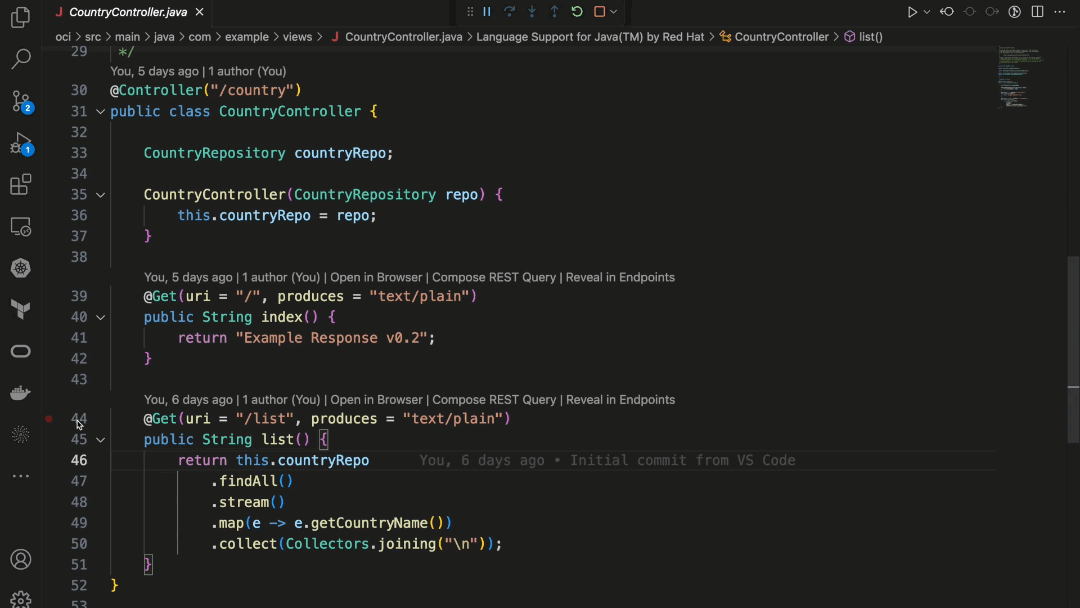Oracle Bets on Graal to Run Cloud-Native Java Apps Faster
At an Oracle CloudWorld event this week, Oracle added a series of capabilities to simplify building and deploying microservices-based cloud-native applications running on GraalVM, a Java virtual machine and development kit.
At the core of that effort is GraalOS, which is designed to natively run machine executables of Intel and Arm processors based on GraalVM Native Image compiler for Java code. GraalOS increases performance and also reduces the amount of memory required. Oracle has also added a set of functions based on GraalOS to the Oracle Cloud Infrastructure (OCI) service to reduce cold start times for cloud-native applications written in Java.
Oracle has also released an update to Graal Cloud Native, an instance of the open source Micronaut framework for building microservices-based applications that now supports Java 17 running on top of GraalVM. Micronaut was originally developed by Object Computing Inc.
In addition, there is also now an Oracle Cloud Guard Container Governance tool for Oracle Container Engine for Kubernetes (OKE), along with a serverless framework based on Kubernetes and tools for managing workloads based on identity.
Finally, Oracle has expanded its existing alliance with Red Hat to make Red Hat OpenShift, an application development and deployment platform based on Kubernetes, available on OCI.
Leo Leung, vice president of product marketing for Oracle, said the alliance with Red Hat, coupled with an expanded alliance with Microsoft that makes Oracle platforms available on the Microsoft Azure cloud, represents a major expansion of the potential number of developers building applications using Oracle tools and databases. In addition, an existing Alloy initiative will also increase the number of service providers making Oracle tools and databases available to build applications, he noted.
While large numbers of organizations are now using microservices to build cloud-native applications, few of them have moved away from Java. There may be no shortage of alternative programming languages, but the cost of retraining developers—some of whom have used Java to build applications for decades—is prohibitive. As a result, there’s a growing amount of interest in modern frameworks that make it possible to build cloud-native applications written in Java.
In fact, Java has been experiencing something of a renaissance. Once the core platform became available under an open source OpenJDK license, more organizations began contributing to projects and the Java community is now adopting many concepts pioneered in other programming languages. In addition, Oracle has made available a Java 21 implementation that provides early access to many advanced features, which is expected to make it simpler to build Java applications that run significantly faster.
Most organizations will continue to deploy Java applications everywhere from the network edge to the cloud. These applications will be written in a programming language that has persevered for more than two decades and continues to evolve and mature for the next era of application development.
The issue now, of course, is providing IT teams with the infrastructure resources to optimally run those modern Java applications.



